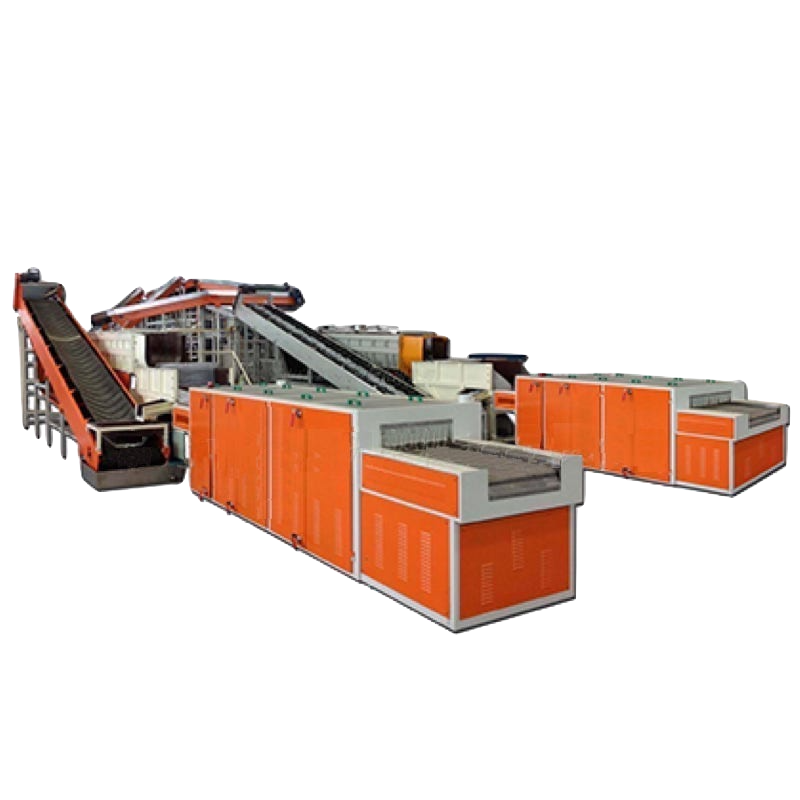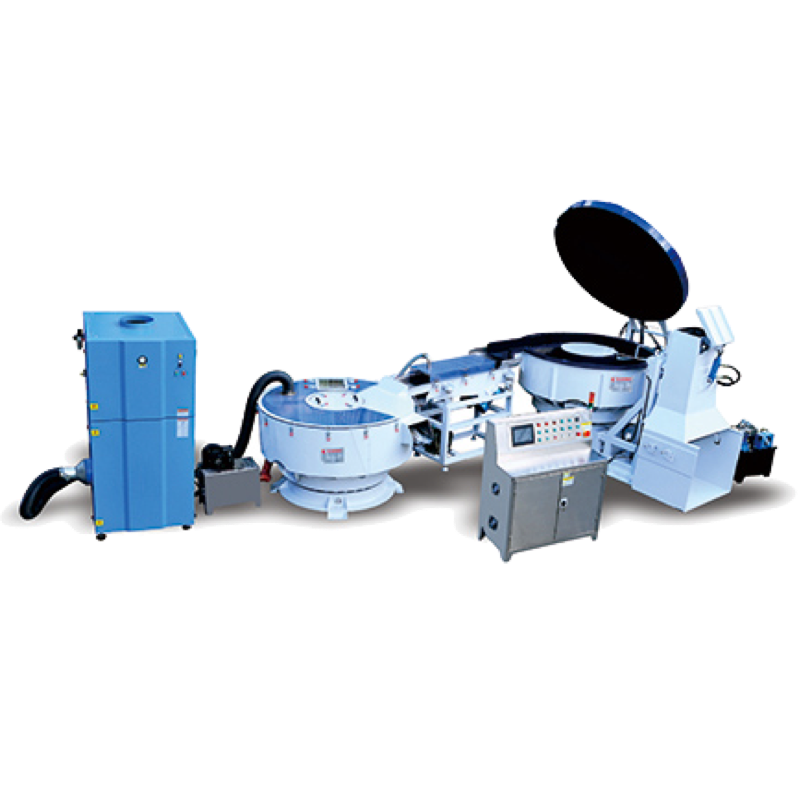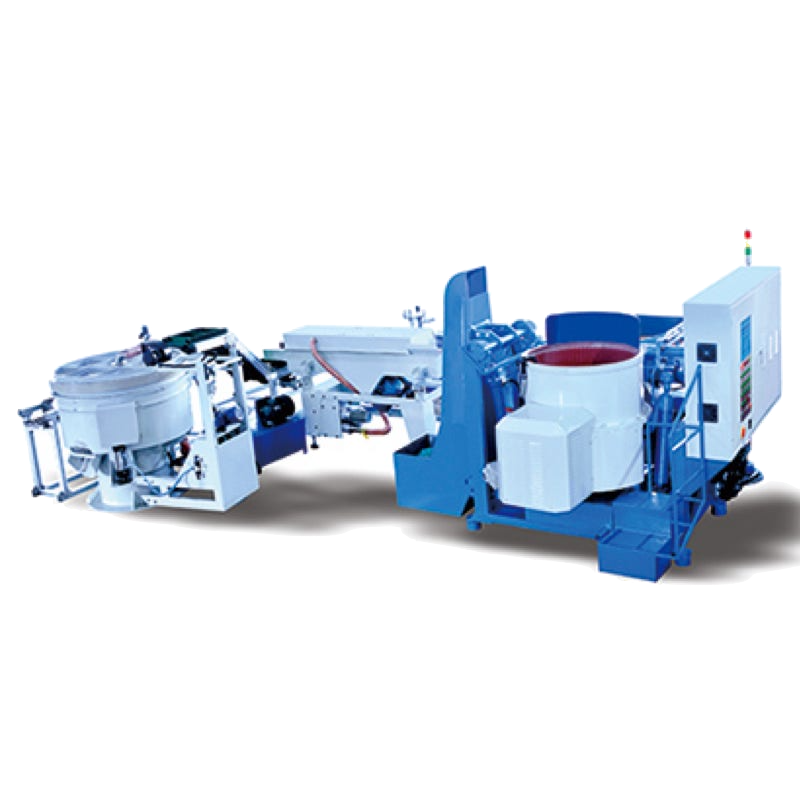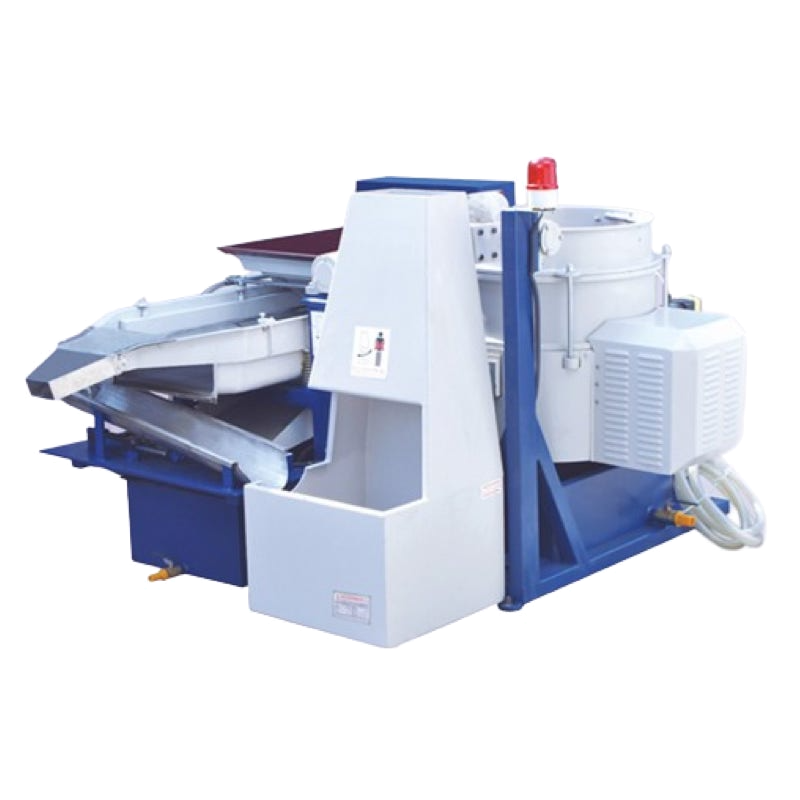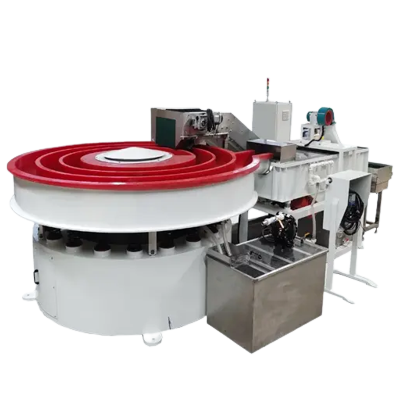Choosing the right Automatic Mass Finishing System can be a daunting task, given the wide range of machines and options available in the market. However, there are several factors to consider that can help you choose the system that is best suited to your needs. Here are some key factors to consider:
3.1 Type of parts or components:
The first factor to consider is the type of parts or components that you need to finish. Different finishing processes and machines are better suited for different materials, sizes, shapes, and surface conditions. For example, if you need to deburr small, delicate parts, a vibratory finishing machine might be a better choice than a high-energy centrifugal finishing machine.
3.2 The volume of production:
The volume of parts or components that you need to finish will also play a role in choosing the right system. If you need to finish a large volume of parts, a high-capacity system with a large processing chamber might be necessary to ensure that the finishing process is efficient and timely.
3.3 Required finish quality:
The desired finish quality of the parts or components will also influence the choice of the finishing system. If you need a high-quality, uniform finish, a machine that offers precise control over the finishing process, such as a drag finishing machine, might be a good choice.
3.4 Maintenance and operation:
It's also important to consider the maintenance and operation requirements of the system. Some machines require more frequent maintenance and adjustments than others, and some may be more complex to operate. Consider your available resources and the level of expertise of your operators when choosing a finishing system.
3.5 Cost:
Finally, the cost is a major factor to consider when choosing an Automatic Mass Finishing System. While cost should not be the only deciding factor, it's important to choose a system that fits within your budget and offers a good return on investment over the long term.
In conclusion, choosing the right Automatic Mass Finishing System requires careful consideration of several factors, including the type of parts or components, volume of production, required finish quality, maintenance and operation requirements, and cost. By taking these factors into account, you can select a system that is optimized for your specific needs and will deliver the best results for your business.



